Most people will find that they are scared of something. That is, they are irrationally afraid of some thing or some situation that triggers a deep feeling of anxiety. Some examples include a fear of spiders (arachnophobia), or a fear of heights (acrophobia), a fear of thunder and lightning (astraphobia), or a fear of flying (pteromerhanophobia), to name a few. There are, of course, many more, but social phobias tend to be among the most common, at least in the United States. And even the Japanese, who are generally thought of as being shy and passive collectively, are said to have their own culturally-specific phobia: taijin-kyofusho 対人恐怖症 (aka TKS).
A culture-specific syndrome is named as such because they are psychiatric symptoms that are considered to be a recognizable disease within a particular culture. And Taijin Kyofusho was listed as a culturally bound phobia of Japan in the Diagnostic and Statistical Manual of Mental Disorders (DSM) in 2000. That being said, there is some debate about whether or not it is actually culturally bound, so I thought we could analyze that, a little bit as well.
The Western Social Phobia vs Taijin Kyofusho
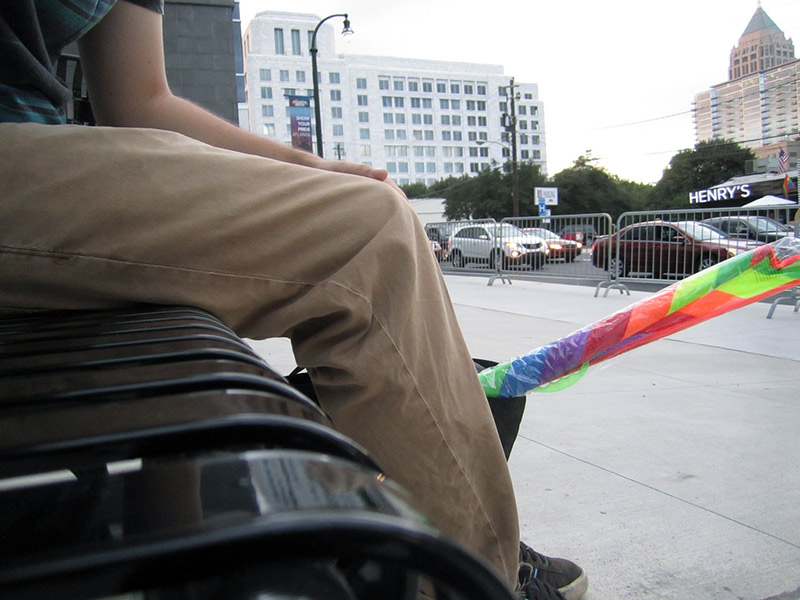
Taijin Kyofusho (TKS), which translates to "the fear of interpersonal relations", was first diagnosed in Japan and is characterized by an individual's intense fear that his or her body is embarrassing to others. The symptoms of TKS are similar to those of Western social phobias including the avoidance of social outings and activities, rapid heartbeat, shortness of breath, panic attacks, trembling, blushing, feelings of dread or panic when around other people, and sometimes stomach distress. In the US, anxiety disorders are the most common mental illness, affecting roughly 18% of the US population. TKS occurs in 10-20% of people in Japan and is more common in men than in women. By contrast, in the western world social phobias are more prevalent in women than in men.
The factor that separates TKS into its own classification of social phobia is that while western social phobia focuses on the fear of oneself being embarrassed in front of others behaviorally, taijin kyofusho sufferers are afraid of embarrassing others with their presence. People with TKS are afraid of offending other people with their bodily functions and appearances including their faces, actions, the way they look, or even odor. The subtle difference between the two comes down to the mentality of the individualistic western culture, and collectivist Japanese culture. Western social phobias are based on individual reactions whereas TKS is based on the perceived reactions of the group. That is, a person with Social Anxiety Disorder (SAD) is afraid of behaving in a way that would result in embarrassment for his/herself under the watch of others, and one with TKS is worried about causing offense, which sometimes extends to the fear of bringing shame upon their family and friends.
Perhaps this is where some people would say, "how very (stereotypically) Japanese of them".
The Four Sub-Categories of TKS
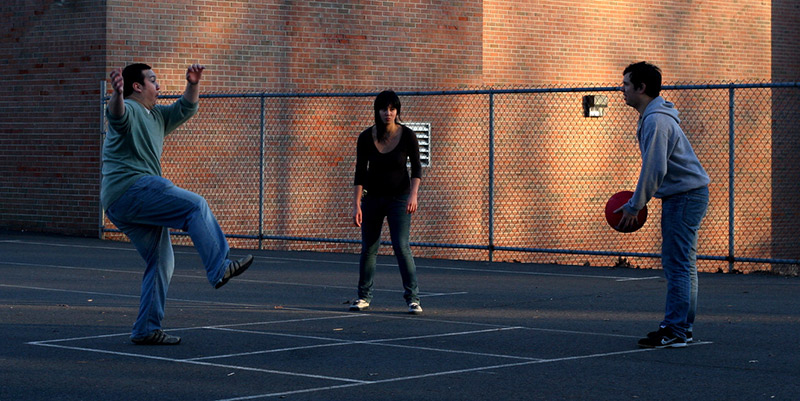
Just as most things can be factored down, so too, can TKS. When broken down, there are four sub-types of the social phobia that are included under the umbrella term, TKS. They are:
- Sekimen-kyofu – the phobia of blushing
- Shubo-kyofu – the phobia of a body deformity that would be offensive to others
- Jikoshisen-kyofu – the phobia of eye contact
- Jikoshu-kyofu – the phobia of bodily odor that would be offensive to others
Of these four sub-types, the division that seems to be the most closely related to the western social anxiety disorder (SAD), as defined in the DSM, is sekimen-kyofu. Shubo-kyofu could be the equivalent of Body Dysmorphic Disorder (BDD) while Jiksoshu-kyofu seems to resemble a similar description to Olfactory Reference Syndrome (ORS). Jikoshisen-kyofu on the other hand, may hold an East Asian bias due to cultural expectations; Japanese children are taught that direct eye contact is rude while the Western culture places an importance on direct eye contact.
TKS is also sub-categorized by severity on a scale of transient to phobic with schizophrenia. Transient TKS is short-lived and moderately severe, most commonly appearing in teens. Phobic TKS is the most common type of taijin kyofusho and the most similar to social phobia or social anxiety disorder (SAD). It is chronic, known to appear in a person's thirties and can be moderate or severe. Delusional TKS is the type of taijin kyofusho in which the patient obsesses over a particular flaw. The object of the obsession may change, but there is a strong focus on one or two specific areas. Phobic TKS with Schizophrenia is the most severe form of taijin kyofusho and is regarded as a separate disorder. In this case, the TKS is a result of the patient's schizophrenic reactions rather than a phobia.
A Culture-Specific Treatment for a Culture-Specific Syndrome?
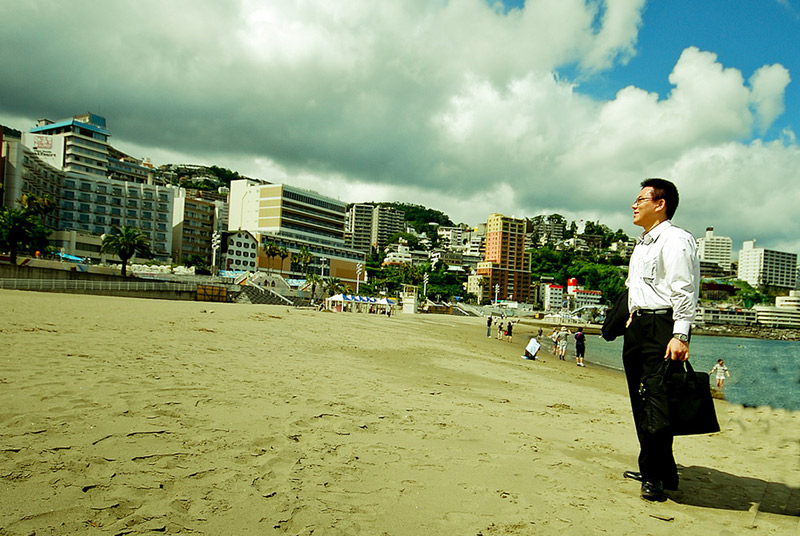
Typically TKS is triggered by a childhood history of shyness or social inhibition though it could occur at any time. It has also been known to stem from a humiliating traumatic experience, or a lifelong onset of the syndrome. TKS affects roughly 10-20% of the Japanese population and clinical research has shown it to be more common amongst men, even though women scored higher on the social phobia scale and displayed higher scores regarding the proclivity toward feelings of embarrassment. The lifetime prevalence of the disorder is between 3-13% with changes in severity occurring throughout one's lifetime. Approximately 17% of those with TKS are in the jikoshu-kyofu (fear of foul body odor) sub-category.
In the Western world, since TKS is not recognized as a separate disorder, it can be expected that treatment would be the same as for social anxiety disorder: medications and cognitive-behavioral therapy. As it was thought to be a culture bound syndrome, there is a treatment that was designed specifically for TKS and Japanese bound nervousness syndromes, also developed in Japan. Its name is "Morita Therapy."
Morita therapy was developed in the 1910s by Dr. Shoma Morita, and is a progression treatment that is supposed to help the client learn to accept and redirect their thoughts. The primary aspect in the treatment of TKS is getting patients to focus their attention on the body parts and sensations. The first stage of Morita therapy is complete patient isolation, which includes forced bed rest. The second and third stages focus on work such as diary writing and manual labor. The final stage of the therapy involves lectures on the importance of self-acceptance and positive endeavors. In the 1930s, the treatment was modified to include out-patient and group treatments and is commonly known as neo-Morita therapy. Medications may also be prescribed as an adjunct to therapy. Medication as treatment has been well received as TKS has shown to respond well to serotonin re-uptake inhibitors, such as Milnacipran.
TKS: The East Asian Phobia?
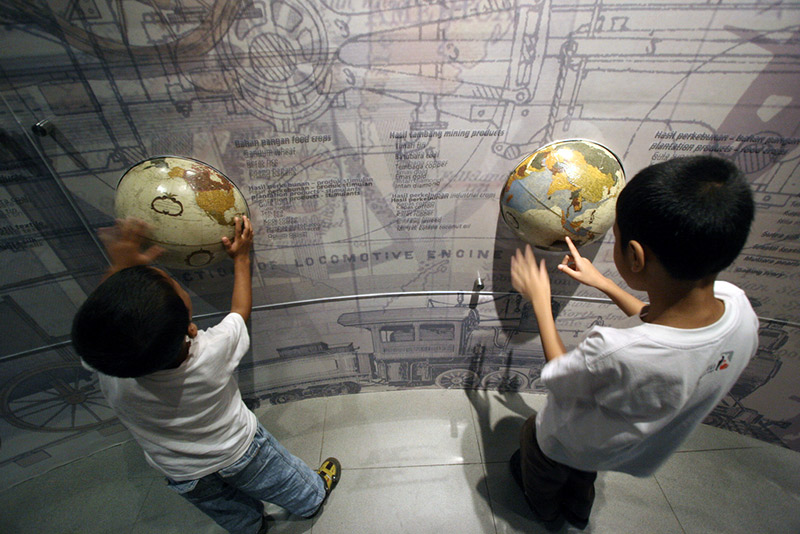
When first diagnosed, TKS was recognized as a disorder that was only found in Japan. However, more recent research suggests that perhaps it is not a Japan-specific phobia after all. This idea stems from the notion that TKS is more likely to occur in societies that focus on the group opinion as opposed to the individual. One study about TKS looked at one East Asian country, Indonesia, and a Western country, Switzerland, and measured levels of self-construal.
The Singelis Self-Construal Scale assesses interdependent and independent self-construal. An example of independent self-construal is "I enjoy being unique and different from others in many respects", and an example of interdependent self-construal is "I will sacrifice my self-interest for the benefit of the group I am in". What the researchers found was that the Indonesian sample scored significantly higher on the scale of interdependent self-construal compared to the Swiss sample, and reported more social anxiety and TKS symptoms than the Swiss. This study indicated that TKS might not only be a Japanese culture-bound disorder, but is also present in other cultures or individuals that are collectivistic.
According to this study, their results were in line with previously conducted research and the hypothesis that interdependent self-construal was positively associated with TKS and anxiety. And in this study specifically, that a more interdependent self-construal, associated with an Indonesian (collectivist) cultural background correlated with symptoms of TKS. They suggest that instead of a culture-bound syndrome, it should be categorized as an "interdependent-self-construal-bound-syndrome". Thus it affects those individuals who consider themselves to be interdependent with others, and have a greater chance of experiencing social fears that rely on interdependence. For example: the fear of embarrassing others with one's own behavior. Given what we know, and our impressions about Japan, it stands to reason that TKS would be prevalent in such a culture that highlights the benefit of the group. But is TKS specific to Japan, or should the DSM be re-defined in its newest edition to include embarrassment of oneself as well as fear of offending others to a universal definition of social phobia?
A "Japanese" Social Anxiety
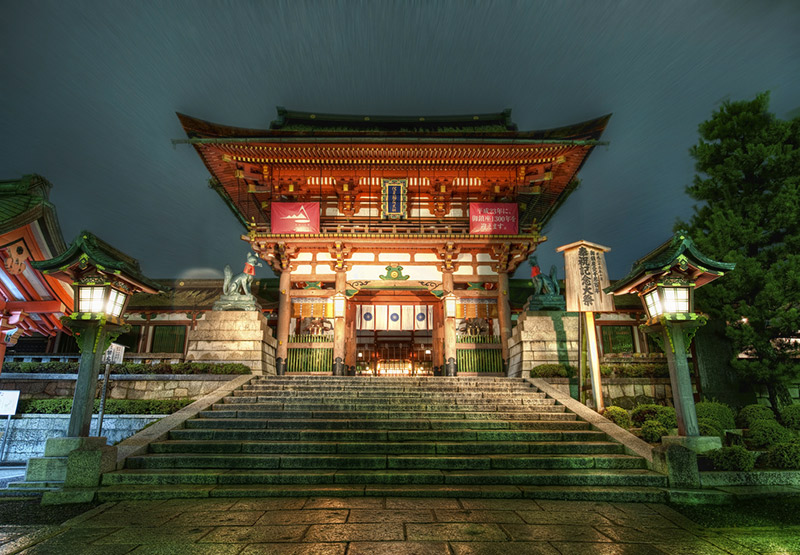
It appears that culture does influence the classification of behaviors and, in this case, social phobia. When reading about TKS, I strongly associated some of those characteristics with the Japanese culture specifically, which was very interesting to read. The research attributes it to a difference in the collective mentality versus the individualistic mentality, proving that TKS may not be a Japan-specific phobia in this day and age. Although clinically there are cases of TKS elsewhere as research suggests, the emphasis that the Japanese stereotypically place on the benefit of the group and its deference, in some ways, to public opinion more than other collectivist cultures, makes me feel that Taijin Kyofusho is a very Japanese social anxiety.
